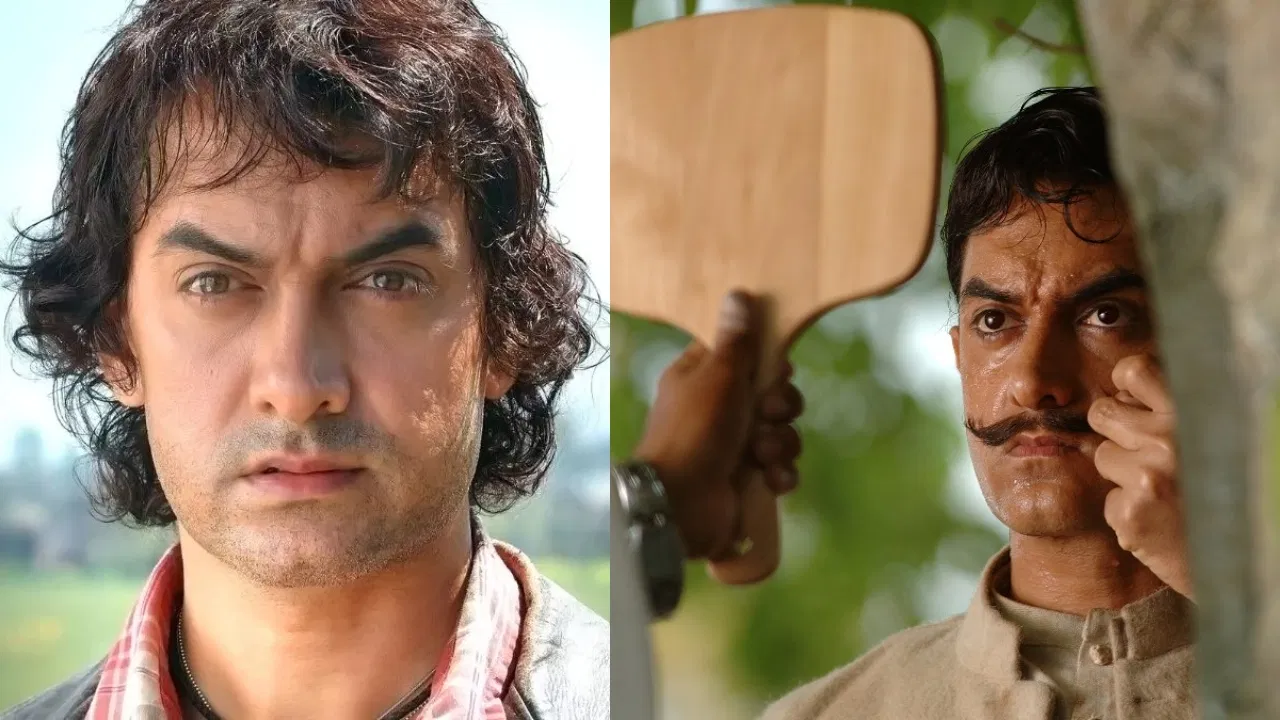A frame narrative, or a story within a story, is a literary and cinematic device where a secondary narrative is embedded within the main story. This technique allows filmmakers and screenwriters to provide multiple layers of storytelling, often offering deeper insight into characters, themes, or the passage of time.
A frame narrative typically begins with an overarching plot that introduces a character or event, which then transitions into another story—sometimes told through a flashback, a recollection, or even a fictional tale within the world of the film. The story eventually circles back to the original frame, creating a structured yet immersive storytelling experience.
Writers often gravitate toward this technique because it enhances the emotional depth and complexity of a screenplay. It allows for a unique perspective on events, giving audiences a broader context to understand the protagonist’s journey. A frame narrative can also heighten suspense and mystery, as the audience eagerly pieces together the connections between the frame and the inner story. Additionally, it provides an opportunity to explore contrasting viewpoints—perhaps a romanticized memory versus the harsh truth, or a legend versus reality—adding a rich layer of nuance to the narrative.
In films like The Grand Budapest Hotel, Forrest Gump, and Life of Pi, the frame narrative is used to create nostalgia, intrigue, and philosophical depth. Whether through an old man recounting his youth, a writer capturing an extraordinary tale, or a survivor narrating an unbelievable adventure, this device transforms storytelling into an intricate and engaging experience.
Bollywood has masterfully used the frame narrative technique to create compelling and layered storytelling. Films like Barfi! (2012) employ this device, where the story unfolds through multiple timelines as different characters recount their versions of events, adding emotional depth and intrigue.
Rang De Basanti (2006) juxtaposes the present-day struggles of young revolutionaries with the parallel story of India’s freedom fighters, drawing powerful thematic connections.
Tamasha (2015) also plays with this technique, using Ved’s storytelling as a reflection of his inner turmoil, blurring the lines between reality and fiction. By embedding stories within stories, these films elevate their narratives, making them more immersive and thought-provoking.
By employing a frame narrative, writers can play with time, perspective, and emotional resonance, making their screenplay not just a story, but an experience that lingers long after the credits roll.
FrameNarrative #ScreenwritingTips #StoryWithinAStory #CinematicStorytelling #Scriptwriting #ScreenplayStructure #WritingWisdom #AshnaKkhan #DearWriter
Know more about screenplay here
Connect with me on LinkedIn here

Leave a Reply